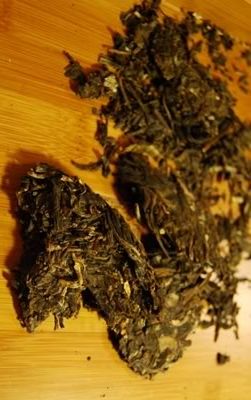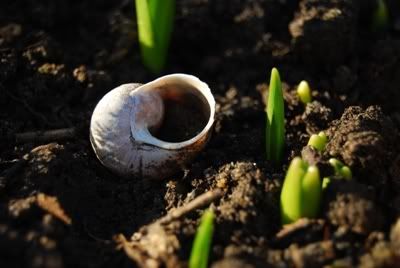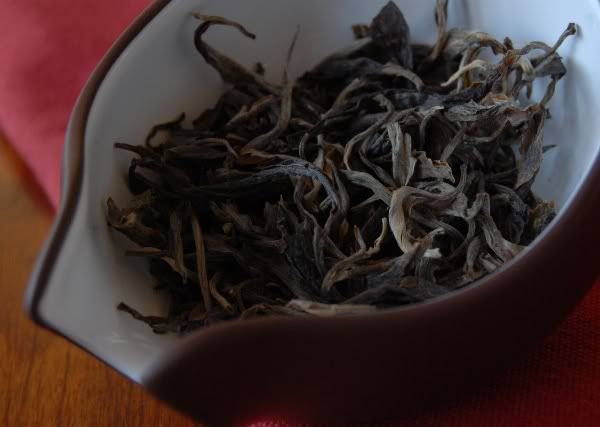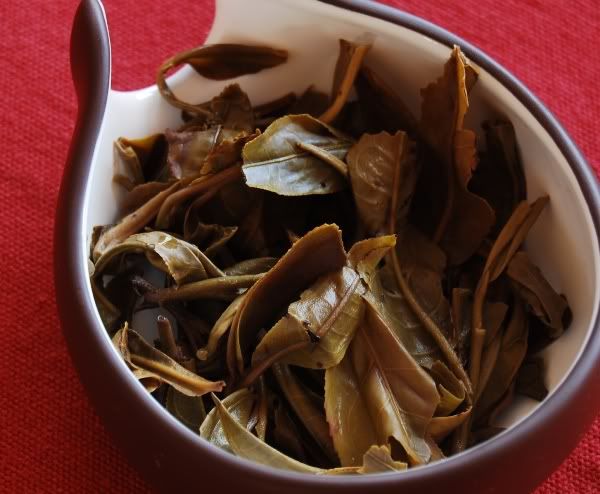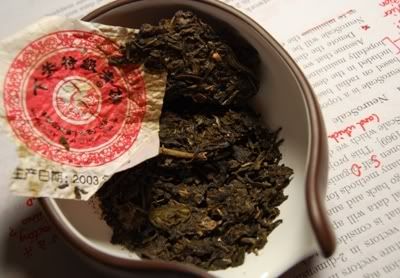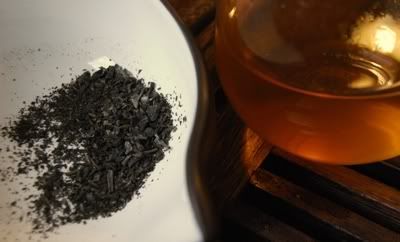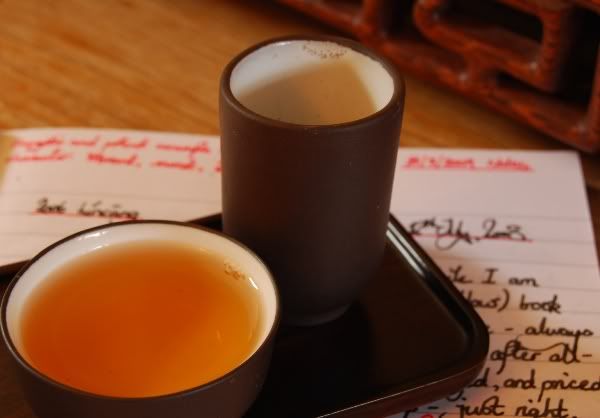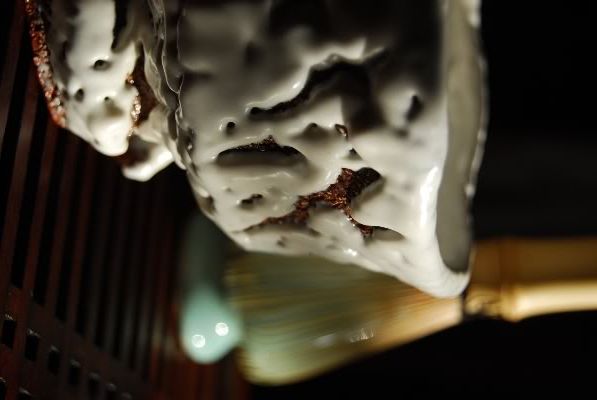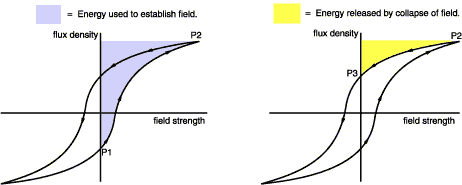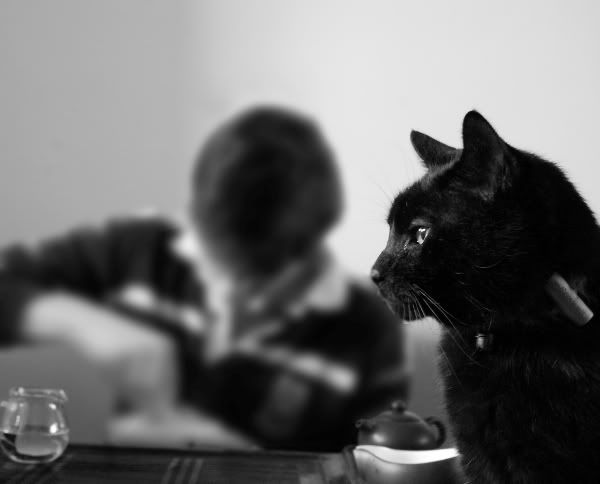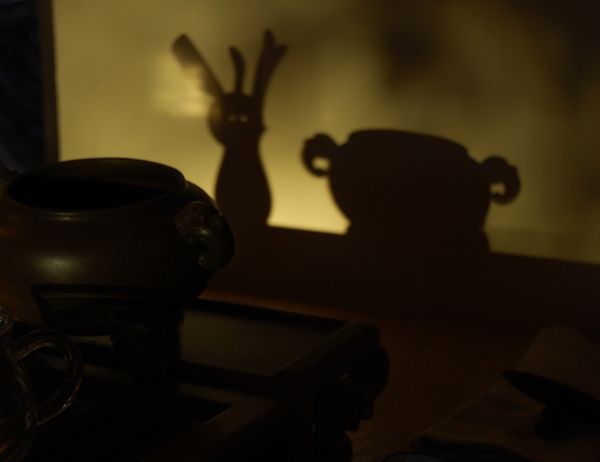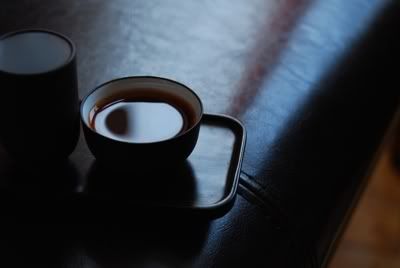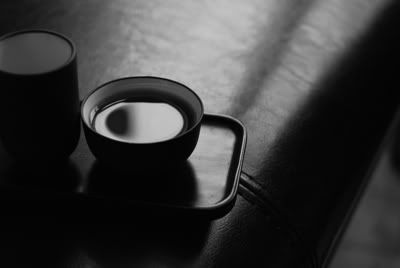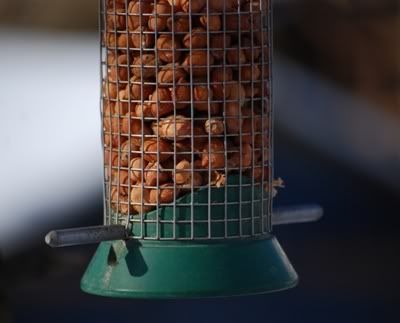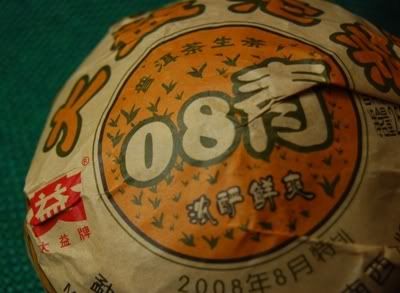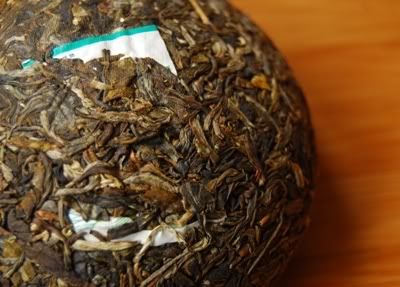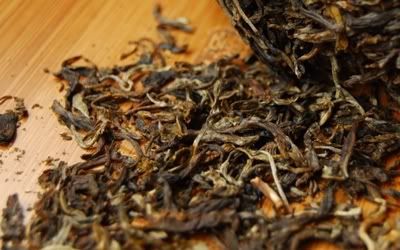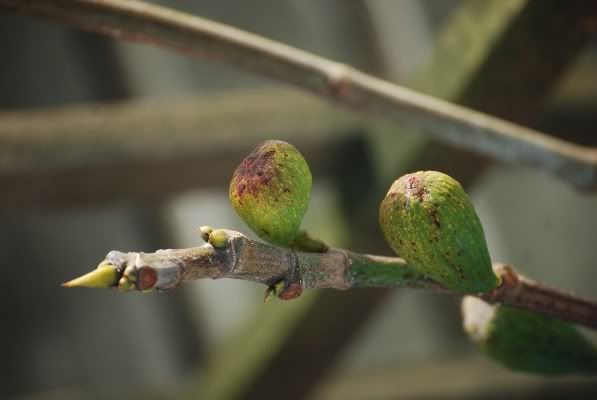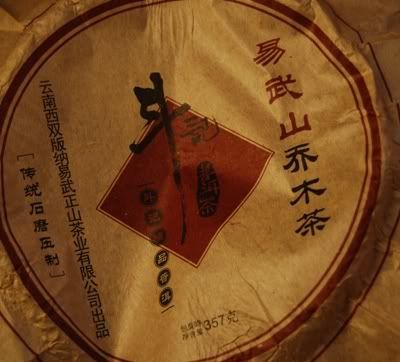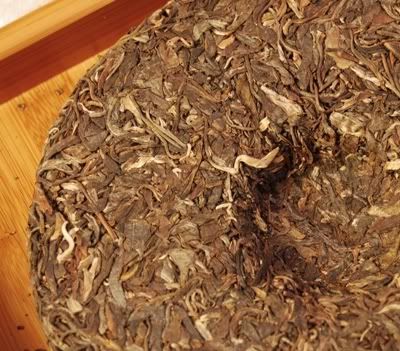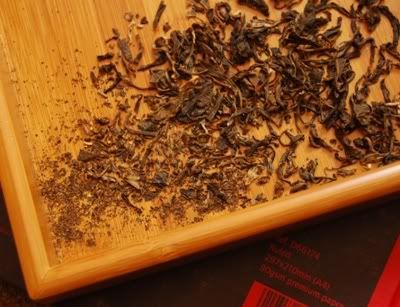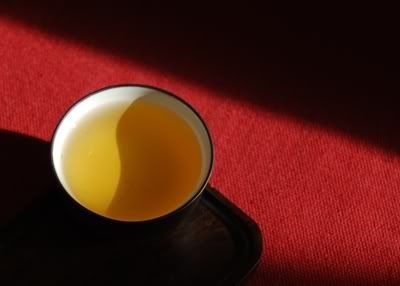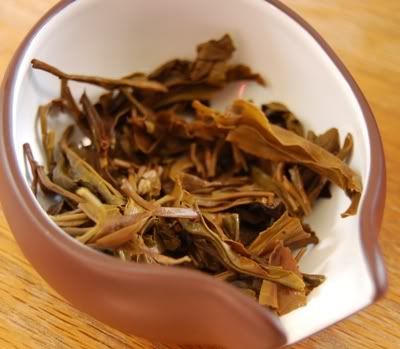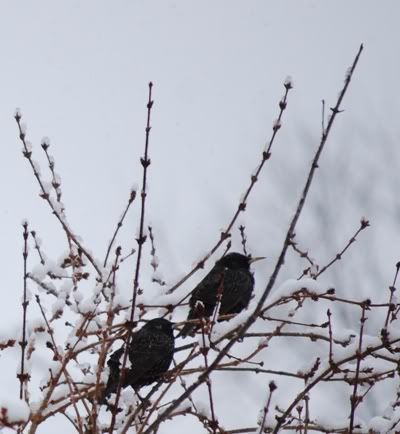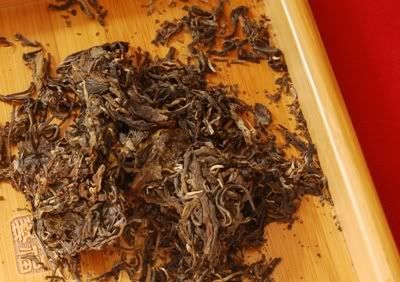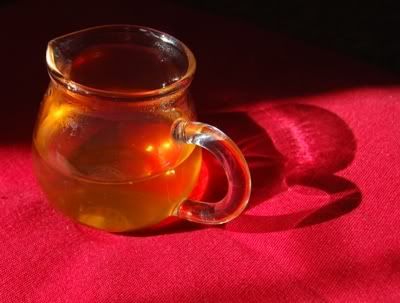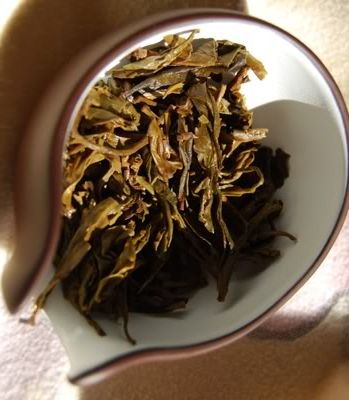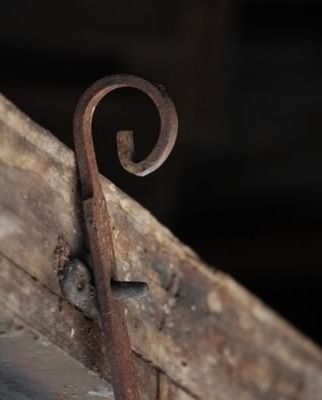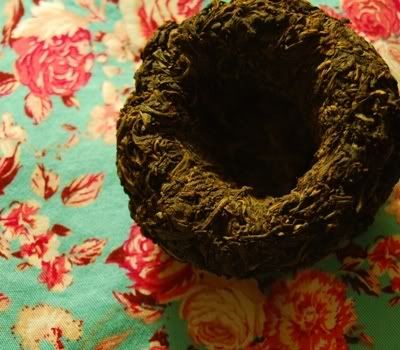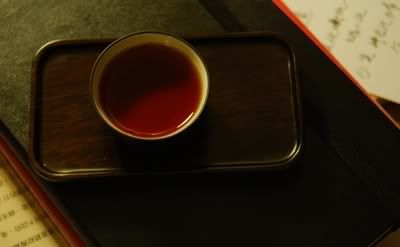Call them what you will, they are often but shadows of the real thing!
Guangzhou is famous for its merchants, and has been for centuries. One of the more modern incarnations of this trade, one Mr. Ye Binghua, seemingly commissioned this "recreation" of Menghai's (in)famous Big Green Tree - by which we are to assume the 1999 Red- or Blue/Black-labelled variety.
If I close my eyes, I can just about bring the taste of those "BGT"s to mind, which makes for an interesting comparison against this modern-day homage / knock-off.
If I close my eyes, I can just about bring the taste of those "BGT"s to mind, which makes for an interesting comparison against this modern-day homage / knock-off.
The cake is lightly compressed - my sample (from Yunnan Sourcing) appears to come from the outer edge. Small and dark, I see stems and few buds. It looks very Xiaguan (small, mulched), and not at all like the original BGTs (see the links above for reference), so already we have a point of departure.
The aroma is good: sweet and dark, perhaps a bit dusty.
The aroma is good: sweet and dark, perhaps a bit dusty.
Amazingly enough, the initial aroma smells just like that of the 1999 and 2003 versions! I don't know how they did it, but they did it. It has a strong attack that swiftly fades into sweetness, all rich, dark, wet woods. A delicious and tantalising start.
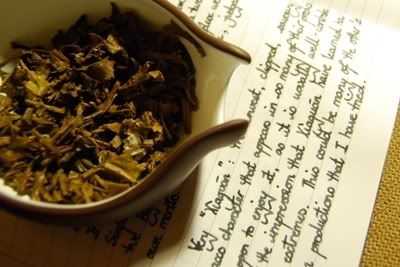
It's actually rather a nice tea in its own right, but it tastes like a "Xiaguan special", and not at all like BGT. After the aroma, I thought they'd cracked it - but the flavour is a giveaway. That standard, now expected, Xiaguan black richness runs throughout this tea, giving it a savoury, tobacco edge. I rather like that modern Xiaguan addition, which I assume they achieve through some cheeky pre-fermentation, given that virtually all of their specials have a trace of it, to some degree or other.
Like all those Xiaguan specials (and I feel as if I've had several hundred of them throughout 2008), it is good, but limited. It is capped at some invisible ceiling, perhaps brought about by whatever means they achieve that dark, tobacco addition. I enjoy modern Xiaguan blends, but I go into it with my eyes open, in the understanding that some long-term prospects have probably been sacrified in order to make these leaves more immediately compelling.
Xiaguan have learned how to avoid extremes, which is a good thing if you want to avoid dire teas, but perhaps less good if you want to sample greatness.
It's absolutely nothing like Big Green Tree (except for that uncanny aroma), and it's certainly not Yiwu Zhengshan Laoshu [proper-mountain, old-tree], but it is a pleasant Xiaguan special production of the kind with which we're all probably very accustomed by now.
Like all those Xiaguan specials (and I feel as if I've had several hundred of them throughout 2008), it is good, but limited. It is capped at some invisible ceiling, perhaps brought about by whatever means they achieve that dark, tobacco addition. I enjoy modern Xiaguan blends, but I go into it with my eyes open, in the understanding that some long-term prospects have probably been sacrified in order to make these leaves more immediately compelling.
Xiaguan have learned how to avoid extremes, which is a good thing if you want to avoid dire teas, but perhaps less good if you want to sample greatness.
It's absolutely nothing like Big Green Tree (except for that uncanny aroma), and it's certainly not Yiwu Zhengshan Laoshu [proper-mountain, old-tree], but it is a pleasant Xiaguan special production of the kind with which we're all probably very accustomed by now.


